Description
Description of 6 mm
wood pellets : 6 mm wood pellets are a convenient, economical and efficient way to heat your home or business using household fuel and fuel.
Wood pellets A1
Diameter: 6mm-8mm
Low dust content <1% High ash melting point> 1200 ° C
Made from the finest virgin forests
Hardwood and softwood pellets 6 mm :
hardwoods such as maple, oak, birch and ash. And everyone knows that conifers such as pine, fir and spruce are planted. Wood pellets
European consumption of wood pellets :
Most of the consumption was for heat production, accounting for 61.8%. Pellet consumption for heating can be further divided into three markets – residential heating (69%), commercial heating (19%) and heat generated by CHP (12%). The remaining 38.2% of wood pellets were used to generate electricity. It should be noted that technologies for producing energy from pellets for heating, electricity, or both are mature, offering efficient and reliable processes.
Benefits of
6mm Wood Pellets : If you want a reliable heat source, save money and help protect the environment, Biomass Wood Pellets 6mm is an excellent choice. When the pellets burn, they release the same amount of carbon dioxide that woody biomass absorbs during its growth, making them carbon neutral. Wood pellets.
Excellent pellet quality is essential to ensure a constant and optimal heating process. Since there are different types of fuels, it is important for stove and boiler owners to select the fuel quality that best suits their installation. Wood pellets.
The use of pellets for heat production remained a strong sector in the EU. Using pellets for electricity generation. Wood pellets
From heating to bedding: Wood pellets A1 uses :
A small and compact product that solves some challenging tasks, our pellets are a real force of nature. Near the height of the bottle cap, they provide an energy efficient, low ash, low moisture and clean heat source for heating pellet heaters and boilers in residential, commercial and large industrial heating systems. Wood pellets.
Our 6mm Wood Pellets also make a natural and comfortable choice for horse bedding. They are highly absorbent, significantly reduce the accumulation time, reduce the consumption of bedding, and are easy to store and transport.
Storage of 6 mm wood pellets :
For best durability, wood pellets should be stored indoors. Humid locations may require a dehumidifier. When stored properly, pellets can have a shelf life of more than two years, but ideally they are used within six months. In Wood Log Craft we can store pellets outside because of our high turnover rate, so not a single ton of pellets is on the street for more than a month or two. Wood pellets.
The water will destroy the wood pellets. Wood pellet bags are not waterproof. Each bag contains small hair holes to allow the balls to breathe. Take extra care to prevent water absorption. Wood pellets.
A1 wood pellets on a pallet are covered with a UV-resistant bag / hood that lasts up to 12 months. Do not remove the bag / hood until the pellets have been used.
Acceptance and acceptance of raw materials :
The product is made on the territory of the plant.
Raw material acceptance site – concrete slabs.
A railway feeder comes to the site, which can be used to deliver raw materials. Truck driveways are also available.
The storage area for raw materials consists of a warehouse area and an area for direct supply of raw materials for processing.
Unloading of transport is carried out by a timber truck based on the LIEBHERR A 924 V excavator.
Unloading takes place in storage facilities or directly into the working area for supplying wood for processing.
Acceptance of the quality and quantity of sawn timber is carried out on site together with radiological control.
Fuel pellets (or pellets) are biofuels made from compressed organic matter or biomass. Pellets can be made from any one of five main categories of biomass: industrial waste and by-products, food waste, agricultural residues, energy crops, and primary wood.
Wood pellets are the most common type of fuel pellets and are usually made from compacted sawdust and associated industrial waste from sawmills, wood and furniture manufacturing, and construction. Other sources of industrial waste include empty bunches of fruit, palm kernel shells, coconut shells, and tree tops and branches discarded during harvesting operations. The so-called “black pellets” are made from biomass, refined to coal, and have been developed for use in existing coal-fired power plants.
Pellets are classified by calorific value, moisture content and ash content, as well as by size. They can be used as fuels for power generation, commercial or residential heating, and cooking. Pellets are very dense and can be produced with low moisture content (below 10%), which allows them to be burned with very high combustion efficiency.
All European heating equipment is supplied with technical data sheets indicating biofuel parameters in order to achieve the highest possible efficiency and efficient operation. It is not uncommon for a supplier of low-quality pellet fuel to become the reason for the failure of pellet boilers. That is why consumers pay close attention to the quality of wood pellets.
The company uses environmentally friendly raw materials for the production of pellets, supplied under contracts with the state forestry of Poland. This enables us not only to guarantee the stability of quality indicators, but also to give guarantees of the stability of the volumes of supplied products. This type of cooperation predetermines the unconditional fulfillment of our obligations to counterparties.
Each released batch of our wood pellets meets specially developed and approved technical specifications, which makes our pellets competitive both in the domestic and foreign markets. The ash content of our pellets does not exceed 1%, which allows them to be used for heating private houses. Wood pellets
Diameter 6 mm;
Ash content up to 1%;
Humidity up to 9%;
Bulk density 630 kg / m3;
Abrasion – up to 3%;
Caloric content: 4600 kcal / kg.
Production technology:
The raw materials go to the crusher, which turns into flour. The resulting mass from it is fed into a dryer – into a pellet press, in which wood flour is pressed into pellets. Compression during pressing increases the temperature of the material, the lignin contained in the wood particles softens and sticks together into a dense cylinder. The production of one ton of pellets takes about 2.3-2.6 cubic meters of wood waste, plus 0.6 cubic meters of sawdust is burned per ton of products. Wood pellets
Finished granules are cooled, packed in various containers – from small packages of 15 kg to big bags (large industrial packages) weighing 1.1 tons – or delivered to the consumer in bulk.
A pellet stove is a stove that burns compressed wood pellets or biomass pellets to create a heat source for residential and sometimes industrial premises. By continuously supplying fuel from the storage tank (bunker) to the combustion zone, it produces a constant flame that requires little or no physical adjustment. Wood pellets
The efficiency of a pellet stove can reach 90% or more. … It is more than a classic wood-burning stove, with an efficiency of only 40 to 50% (60 to 80% for modern high-efficiency stoves) and much more than an open fire, with an efficiency of 5 to 15%. Wood pellets
Pellet stoves can only burn wood pellets (as Jody mentioned) or biofuels like dried corn (depending on the actual model). It would be unwise to try to burn logs or sticks inside a pellet stove, because a pellet stove does work. Wood pellets

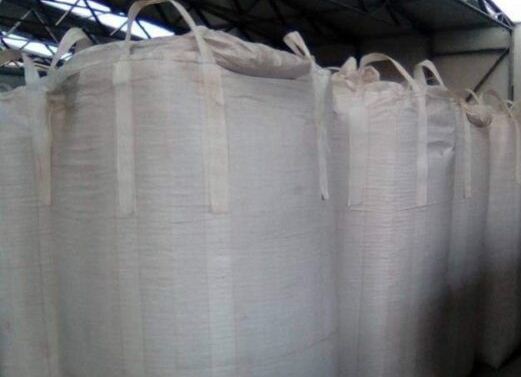
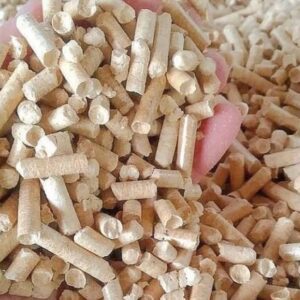
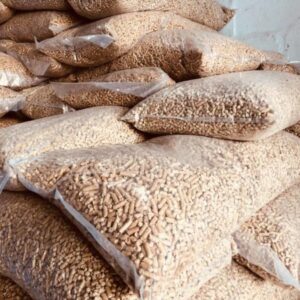
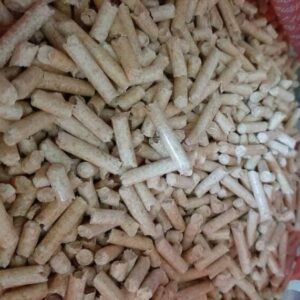
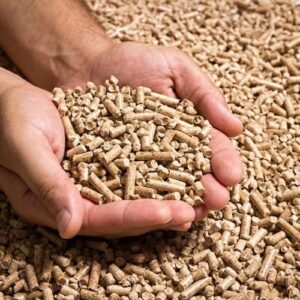
Reviews
There are no reviews yet.